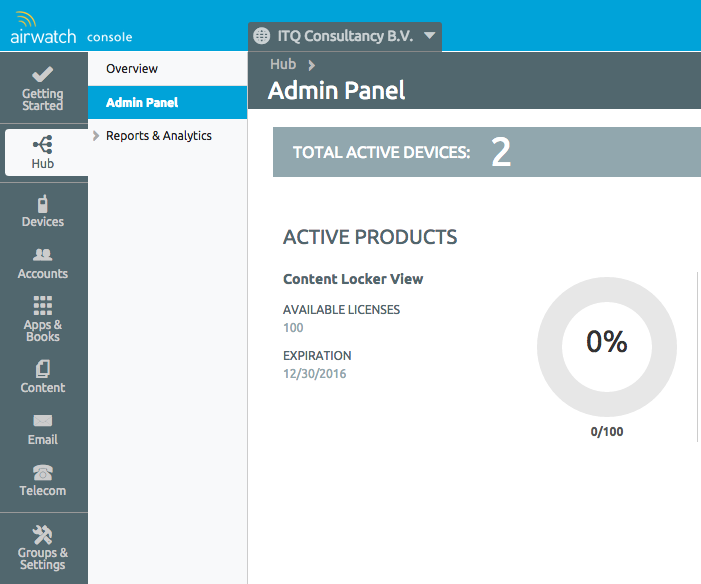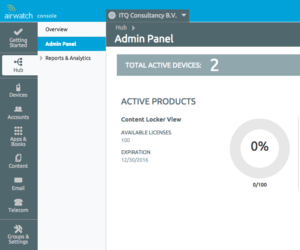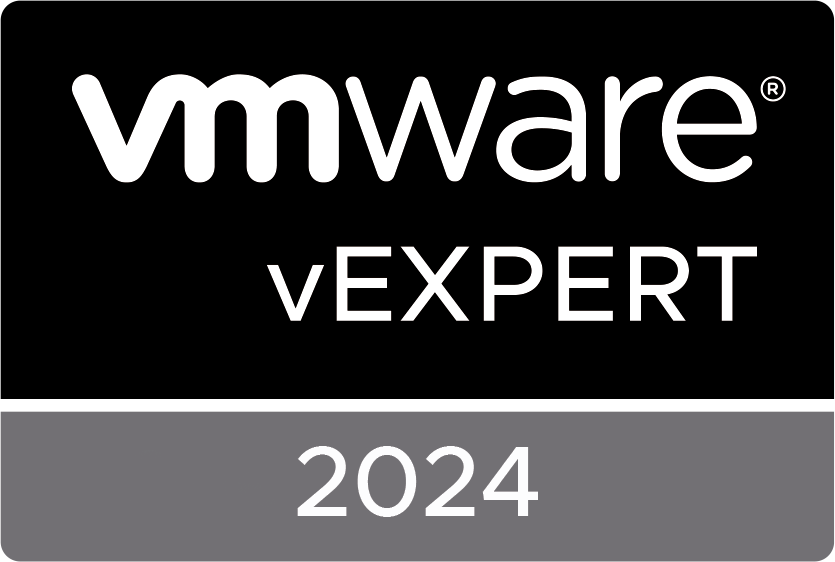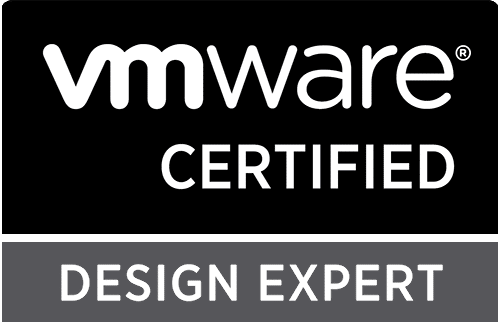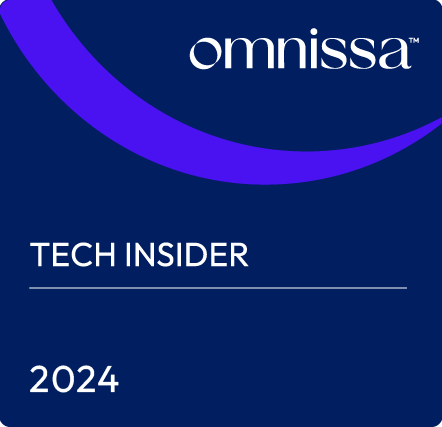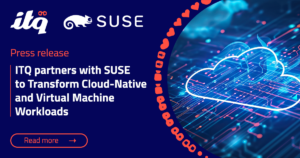Last week, I presented at our annual Technical Update Session. An event with a couple of sessions about the main pillars of the VMware proposition. My session was all about End User Computing. It was called “Beyond the Virtual Desktop” and was about the (near) future of End User Computing. During the session I presented a couple of products and explained the recent acquisitions made by VMware.
After the session, I still got some questions about all these products that are all doing something completely different, but still are part of the VMware EUC pillar. This post is about explaining the links between the products and the missing links in End User Computing.
So let’s start explaining the acquired and newly created functionality that VMware announced recently:
Just-In-Time Desktops
Last year during VMworld, Kit Colbert announced Just-In-Time desktops (also knows as VMFork and Project Fargo). A technology to fork running VM’s. It will create an in-memory clone of a VM in a few seconds including a little bit of customization. From a server workload perspective, it is nice tech to for instance scale out a running containerized app to another VM without a time-consuming provisioning process.
When putting it in an EUC perspective, imagine not having to provision all your linked clones anymore because all your desktops are forked from a golden image in memory. Pretty cool, isn’t it?
By the way, in the project Enzo movie later in this post, this tech is called VMware Instantclone.
App Volumes
During the same VMworld (2014), VMware showed a first version of App Volumes (the former CloudVolumes product). In this post, I explained some more about this awesome tech.
So think what will happen if VMware Instantclone and App Volumes are combined? A user logs on to the Horizon Connection Server, an InstantClone is created within seconds and as soon as the user is logged on to the desktop, his apps are provisioned in another second by App Volumes. More details about this combination is explained in this post.
User Environment Management
This is where it get’s more confusing I guess. Why did VMware acquire Immidio last year? The answer is fairly simple.
My colleague Frank Nijman wrote a blogpost explaining how User Environment Management (UEM, former Flex+) works.
So what facts do we have around User Environment Management in general?
– Roaming Profiles are mostly used at our customers, but maintaining them is a real burden (corruption, slow login, compatilibity throughout multiple OS’s).
– Persona Management is a better solution, but lacks serious support on an application-basis.
– When using normal (read-only) appstacks with App Volumes, user customization to an application isn’t possible (i.e. an Outlook Signature).
So this is where VMware UEM will fit in perfectly!
When specifically looking at the App Volumes use case, imagine creating an Appstack. During that process, an Application Profile for UEM is automatically created. The Application Profile contains all settings that are user-dependent and saves them to a shared folder on the network. So when a user logs on to an InstantClone desktop, gets the Appstacks he is permitted to use and his application settings are injected in his local profile. The next time he will log on to the Horizon Connection Server, a new Instantclone desktop is created and his applications and settings will follow him wherever he goes. Get the picture?
AirWatch
So what about this one? Why would VMware acquire a Mobile Device Management product? Again, the answer is fairly simple.
Let’s start explaining what AirWatch MDM does. It has some main features:
– Mobile Device Managent: Manage, deploy, control and secure all of the devices used by your mobile workforce (including applications).
– Secure Content collaboration: See it as a secure mix of Dropbox and Sharepoint (but cooler).
– Email management: Secure your company’s email services (Exchange, Office 365, Google Apps for Work, Lotus).
All these features are manageable through a pretty good UI:
A lot of companies are introducing BYOD to their mobile workforce. VMware’s Workspace Portal is great solution for provisioning all of their applications to the end user. But BYOD isn’t just about the applications, it’s mostly about devices. And the IT department still needs to control devices. “But it’s BYOD, why do you need control?”, I hear you say..
Think about a couple of situations:
– You offer a Mail Service, but you don’t want users to store attachments on a BYOD device.
– You would like to allow users to connect to your infrastructure, but only if their device isn’t compromised (jailbroken/rooted).
– You would like to force users to use encryption when they store files on their device.
These use cases and many more can be solved by using AirWatch MDM.
Last year, VMware announced the discontinuation of Horizon Files, the dropbox-like file sharing solution for the enterprise. This is where AirWatch Secure Content Locker fits in. Basically, it doesn’t matter where you are and with which device, your files are always with you. Secure Content Locker was developed for a couple of airlines so pilots could bring their documents on a mobile device in a secure way without having an internet connection in the aircraft.
Combining Workspace Portal with Secure Content Locker will let you use all of your applications and your files on all your devices in a secure, controllable manner.
Project Enzo
This is the one solution that brings all tech together. Please watch the movie before reading:
What did you see?
– Automated forking of Desktops based on Just-In-Time Desktops/VMware InstantClone
– Automated application provisioning based on App Volumes
– Customization by the user with UEM
– Recognize the UI? Right, that looks a lot like AirWatch if you ask me!
Add these features to Workspace Portal, Horizon DaaS integration, an automated setup of the control plane and hosts and what do we have?
Right, the (near) future of End User Computing. A single portal for the end user and a single portal for the administrators. Pretty sweet if you ask me..
The puzzle isn’t finished yet though.
Self Support
When adopting BYOD, one of the use cases we see a lot at customers is giving back control to the end user.
Let the user decide what kind of device they prefer to work on without having your admins lose control of the business-content that’s on it.
Also, the administrative burden will be smaller because your admins don’t have to purchase, deploy and manage all of the devices anymore.
But is that enough? In my honest opinion, I don’t think so. The one thing missing in VMware’s End User Computing proposition is a true workflow-based self service solution. Do you really want your admins to be busy resetting passwords, adding fileshares and printers, requesting approvals for software deployments, solving application problems, etc, etc for the end user? No, I don’t think so.
Bring Your Own Device isn’t just a about the device or applications, it’s about the user. And nowadays users know how to fix things on their device because they are adopting technology as they were taught to ride a bike or tie shoe laces.
So please VMware, let the next acquisition be Self Service related. The current EUC proposition is the best one around, and will be even more awesome when Project Enzo will be released. But I think that when Self Service is added to the proposition, it will be complete.
If you want to know more about self support and what it could bring to the EUC proposition, please read this post on my personal blog.
Do you want to know more about AirWatch, AppVolumes, End User Computing, Horizon 6, InstantClone, Project Enzo, UEM, VMware, email me or add a comment to this blogpost as I am happy to get in touch!
